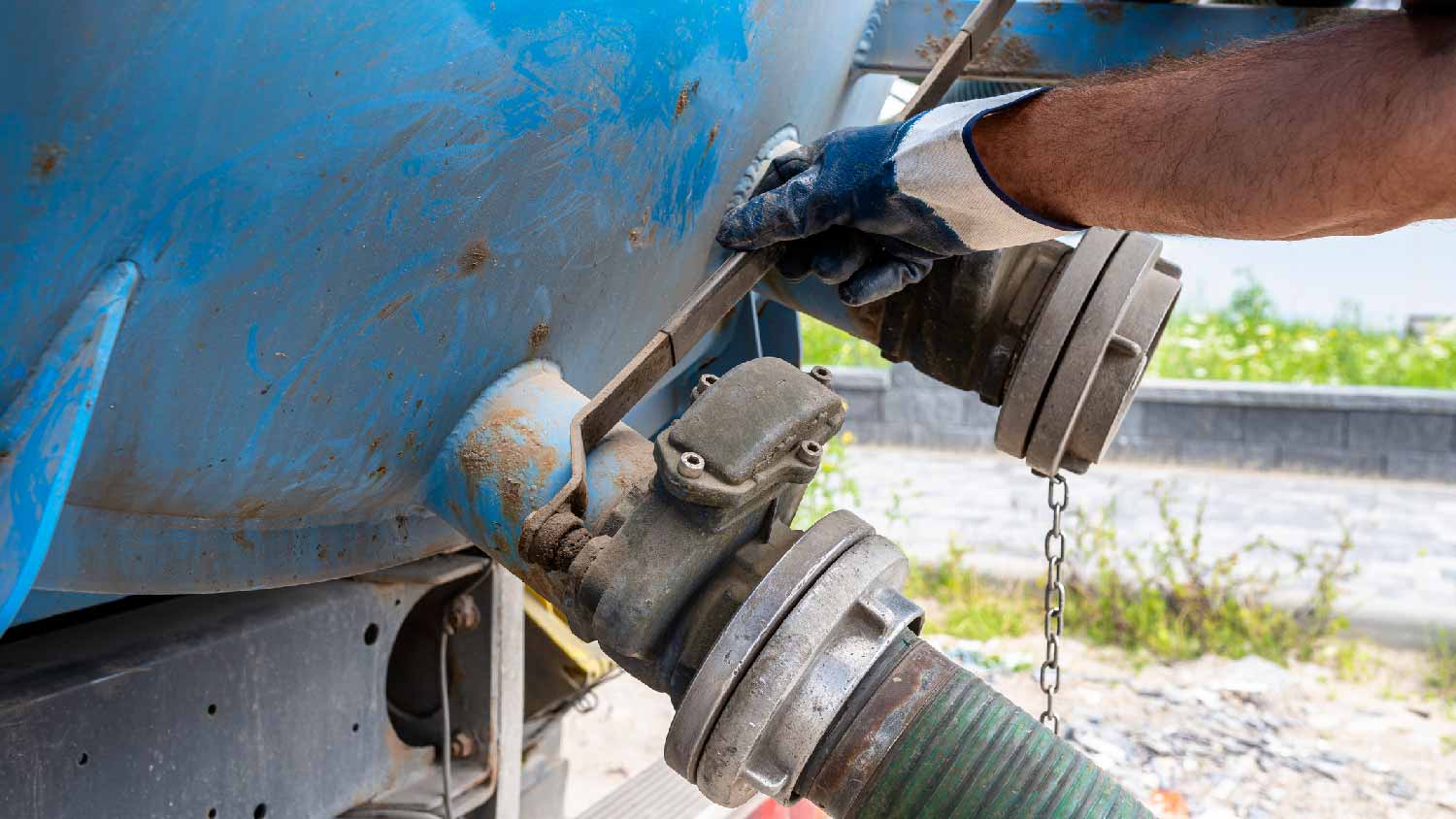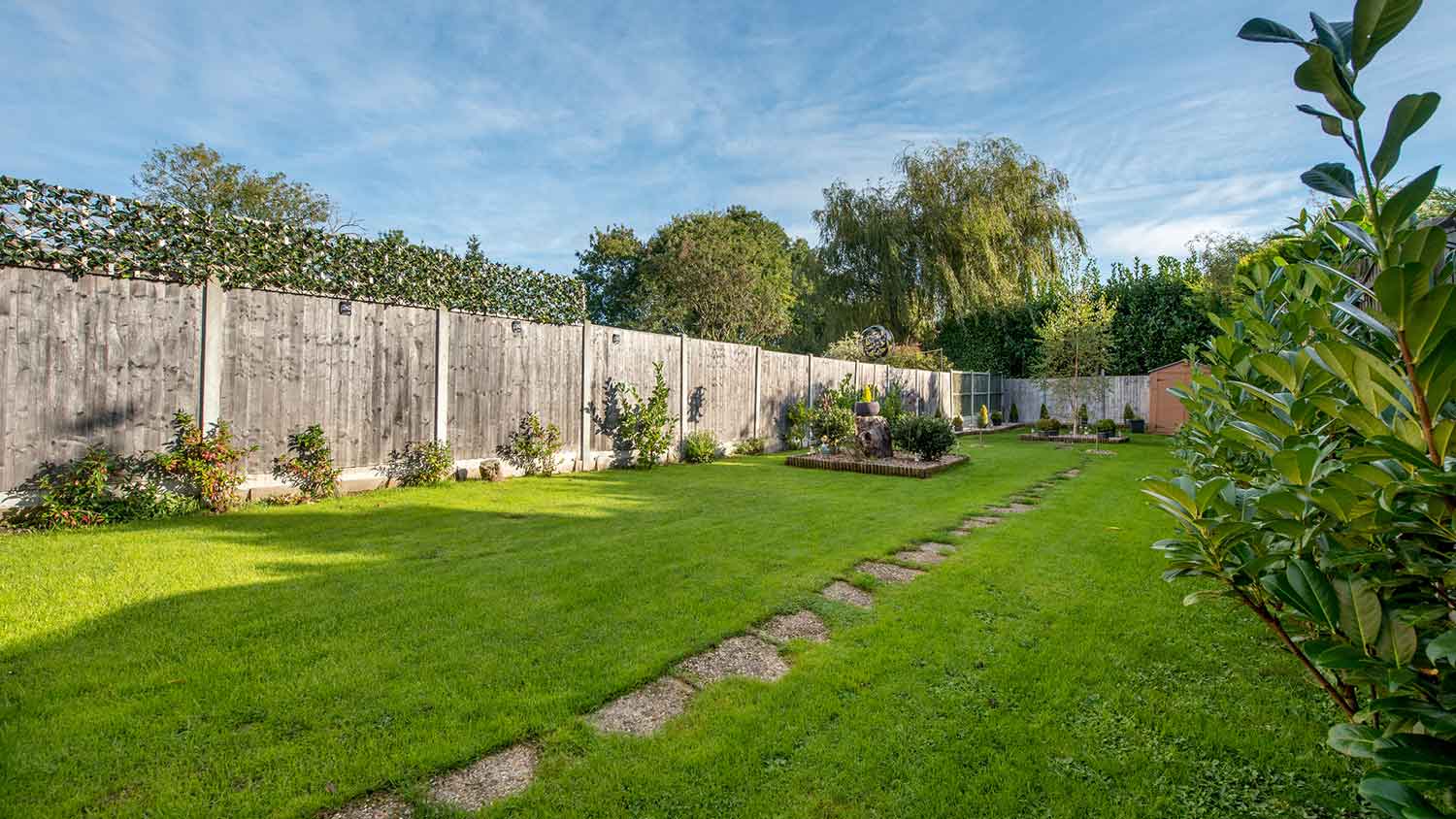
How much does a septic system cost in Atlanta? Dig into cost factors, site prep, materials, and types of septic tanks before investing in this project.
Discover the options you can take to get rid of that old cesspool


Old cesspools may crumble or collapse, making them dangerous to work around for novice homeowners.
Environmental concerns are common with cesspools, and hiring a professional ensures your family’s safety.
Homeowners may need to rent heavy-duty equipment to attempt to remove a cesspool, which can drive up the cost of DIY work.
If your older home’s sewer system is still connected to the cesspool, you’ll need a pro to disconnect it.
If the cesspool needs to be emptied before removal, a septic tank repair professional can safely pump out the hazardous materials.
If you’ve recently purchased a property with a cesspool or discovered an old one in your backyard, you may want to get rid of it. While a handy tool of the past, cesspools now often do more harm, especially to the environment, than good. Use this guide to learn how to get rid of a cesspool on your property.
A cesspool, also known as a cesspit, is a wastewater holding pit that’s located underground. Waste then seeps into the surrounding soil through porous walls. They were most often built in rural areas that lacked modern sewage systems. Today, they’re no longer commonly used due to the health and environmental concerns they present.
Many areas have even banned cesspools due to their safety risks. They can contaminate groundwater, spread disease, and pollute the environment. Cesspools that aren’t properly maintained can also leak harmful sewer gasses including hydrogen sulfide, ammonia, methane, and carbon monoxide.

There are a lot of positives that come with getting rid of a cesspool. The first and most important pro is the safety of your family. Cesspools can be highly hazardous as they become worn down and eventually crumble. They are also hazardous to curious children who may open the lid and fall in.
Getting rid of a cesspool can also help you save money. As cesspools need to be cleaned every six weeks, they can get expensive to maintain. On average, cesspool maintenance costs $2,300 to $4,350 every year.
You have a couple of options when it comes to getting rid of a cesspool: you can fill it in or upgrade it to a more modern septic system. The option best suited for you will depend on your household needs and the area you live in.

If you’ve decided to fill in your cesspool, here’s what to do:
Begin by emptying the cesspool and disposing of the contents using a high-powered vacuum. The vacuum brings the contents out of the cesspool and into a storage tank truck.
Transport the waste elsewhere to be disposed of in the correct manner.
Break down the walls of the cesspool to ensure it can no longer hold water. If it’s made of steel, the walls will be crushed and buried. If it’s made of concrete, the sides will be broken down to prepare for backfilling.
Make a hole at the bottom of the pit to allow for surface water drainage.
Once the contents are emptied and the walls are broken down, it’s time to fill the cesspool. It can be filled with sand, gravel, concrete, or dirt. The filling will be compressed to prevent leakage or settling.
Although filling a cesspool can be done on your own, many people choose to use a septic tank company near you to help you with the process. They’ll have the necessary knowledge and tools to dispose of your cesspool safely and properly.
You can also opt to convert your cesspool into a new septic system. This isn’t recommended as a DIY project—it’s best to call a local septic repair pro.
The cost of converting a cesspool into a septic system ranges from $4,000 to $6,000, but switching to a more modern sewage system can save you big in the long run. Here’s what you need to do and know about cesspool conversion.
Before you decide to convert, have a contractor come take a look at your property to discuss your options. The type of septic system you can install depends on the laws in your area and the location of your property.
Work with your pro to design a septic system that works best with your soil conditions and local regulations.
Ensure your pro gets the necessary permits.
Your pro will excavate your existing cesspool.
They’ll install your new septic tank and leach field, and then properly backfill and inspect the system to ensure it meets local standards
If you live near wells and other water bodies, you’ll likely have to install advanced water treatment systems. These will fall on the higher end of the cost range due to their advanced properties and components, but they add another layer of health and safety protection to the system.
With the health and safety risks attached to cesspools, it can be a big job to get rid of a cesspool on your own. Filling in a cesspool or converting it to a new system requires advanced equipment and knowledge so it’s compliant and eco-friendly. Hiring a contractor will give you peace of mind that your property is free of contamination and installed in accordance with all local laws.
From average costs to expert advice, get all the answers you need to get your job done.

How much does a septic system cost in Atlanta? Dig into cost factors, site prep, materials, and types of septic tanks before investing in this project.

Need to know what sewer line replacement costs in New York, NY? This guide will help you prepare to budget for sewer line replacement done by local contractors.

If it’s been there for a while, it can be hard to find the septic tank in your yard. Learn how much it costs to locate a septic tank with this guide.

The size of a small septic system falls between 750 and 1,000 gallons. Keep reading to learn all about small septic systems for one toilet and how to choose one.

Got a septic tank? Then you've got a leach field. Knowing where it is helps you maintain your system. Here's how to find a leach field.

A mound septic system is similar to a traditional system, except the drain field is built into a mound and not hidden underneath your yard.